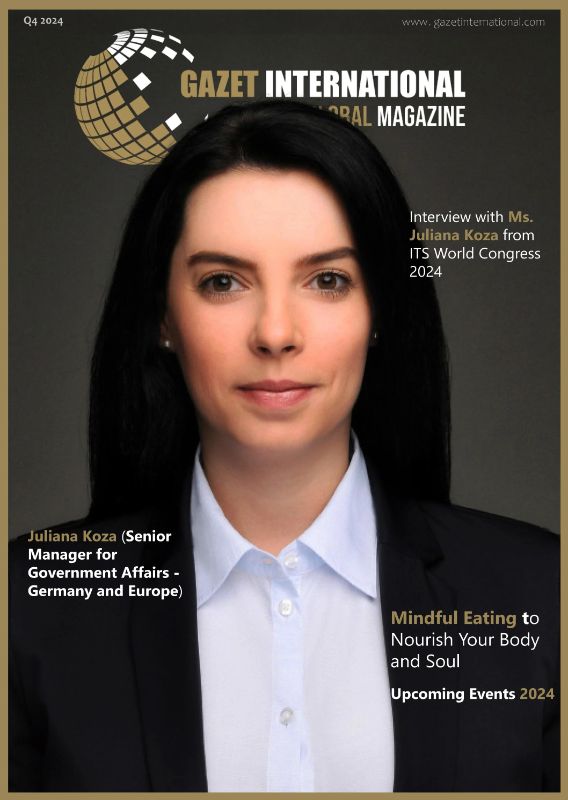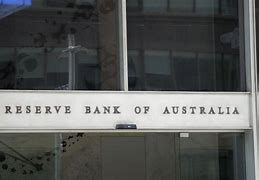The Reserve Bank of Australia (RBA) expects underlying inflation to decrease faster than previously predicted. This adjustment comes as the RBA downgraded its economic outlook. A still tight labour market, however, may create lingering price pressures.
In its quarterly Statement on Monetary Policy, the RBA noted that financial conditions remain restrictive. The central bank cited that a cash rate of 4.35% is above the neutral rate.
The central bank is expected to cut interest rates on Tuesday. This follows over a year of keeping rates steady at 4.35%. The new forecasts are based on market pricing, which assumes three quarter-point cuts this year, including the expected cut on Tuesday.
Underlying inflation, a trimmed mean measure closely watched by the RBA, is expected to slow to 2.7% by the June quarter. This is a decrease from 3.2% last quarter, compared to a previous forecast of 3.0%.
The RBA then expects it to remain there until mid-2027, slightly higher than the 2.5% assumed in the November forecast.
The RBA stated, “This is based on our judgment that the pick-up in momentum in domestic activity will maintain tight labour market conditions and sustain some upward pressure on inflation.”
The RBA no longer expects the labour market to loosen much further. Despite this, it is still judged to be tight relative to full employment. It now sees the jobless rate, which ran at 4.0% in December, ticking up to 4.2% by June and staying there until mid-2027. This is a change from the previous forecast of 4.5%.
The headline consumer price index (CPI) is expected to hold at 2.4% by June. Once government rebates on electricity bills end in mid-2025, CPI inflation is projected to rise to 3.7% before easing again.
The RBA cautioned that there is considerable uncertainty about the trade policies of the new U.S. administration. This uncertainty has contributed to the Australian dollar falling 2% on a trade-weighted basis, to the bottom of its range since 2022.
Reflecting sluggish private sector demand, Australia’s economic growth is expected to have slowed to 1.1% late last year. It is then expected to recover to 2.0% by June. These figures compare with previous forecasts of 1.5% and 2.3%.
Strong public spending should support growth, even as household consumption remains soft.
Click here for more Banking news.


